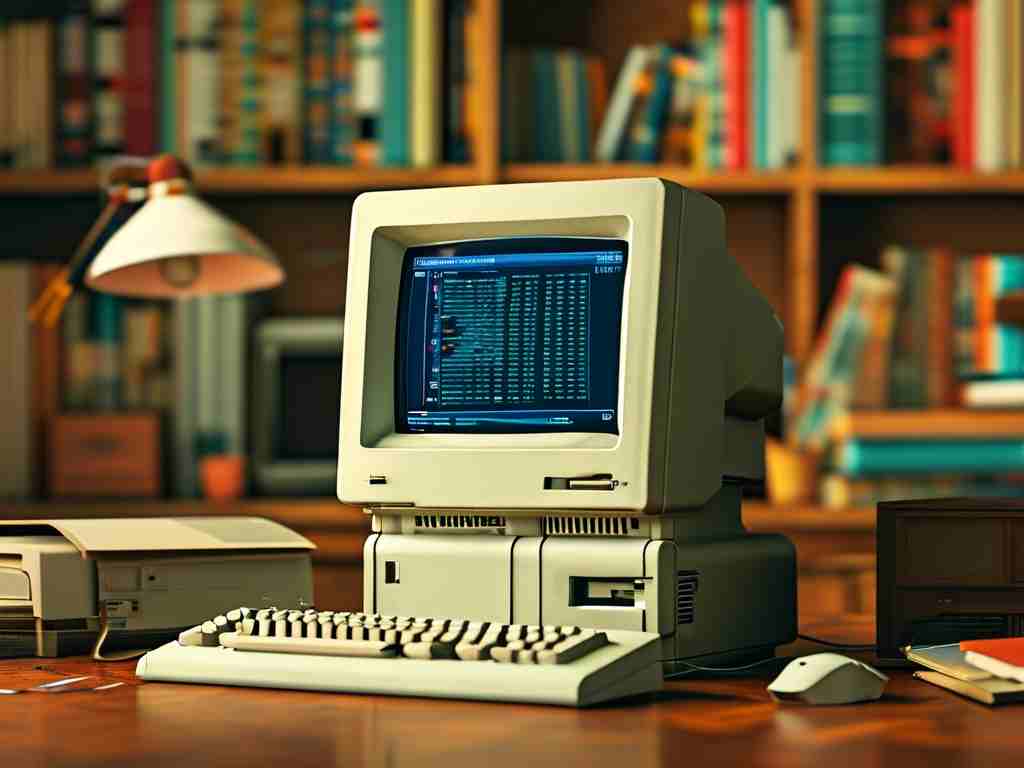In today’s digital age, computers often slow down due to accumulated memory junk—temporary files, cached data, and obsolete registries. While manual cleanup is possible, specialized software streamlines this process. This article explores three robust tools designed to declutter your system while explaining their core mechanisms and practical benefits.
Understanding Memory Junk
Memory junk refers to residual files generated by applications, browsers, and operating systems. For instance, when you uninstall a program, leftover registries or configuration files may linger. Similarly, browser caches store temporary data to speed up webpage loading but can consume gigabytes over time. These fragments degrade performance by occupying valuable storage and RAM.
Tool 1: Advanced System Optimizer
Advanced System Optimizer (ASO) employs a multi-layered scanning algorithm to detect redundant files. Unlike basic cleaners, it categorizes junk into types:
- Temporary System Files: Windows update leftovers and error logs.
- Application Residuals: Unused DLLs and broken shortcuts.
- Browser Clutter: Cookies, cached images, and download histories.
A unique feature is its "Smart RAM Booster," which dynamically reallocates memory resources during high-usage tasks like gaming or video editing. Users can schedule automated cleanups or trigger deep scans manually. For developers, ASO provides command-line integration:
aso_clean.exe --scan --target=memory_junk --auto-fix
Tool 2: CCleaner Pro
CCleaner Pro takes a minimalist approach with customizable filters. Its "Health Check" dashboard offers one-click optimization, while advanced users can exclude specific folders or file types from deletion. The tool also identifies duplicate files—a common source of memory bloat—using checksum comparisons.
Privacy enthusiasts appreciate its secure file shredder, which overwrites deleted data to prevent recovery. However, avoid enabling "Registry Cleaner" unless necessary, as aggressive registry edits may destabilize poorly coded software.

Tool 3: Wise Memory Optimizer
Wise Memory Optimizer focuses on real-time RAM management. It compresses inactive processes to free up memory without closing applications—ideal for devices with limited RAM (e.g., 4GB systems). The lightweight design ensures minimal CPU usage (<2% during idle).

Anecdotal tests show a 15–20% performance boost on aging laptops. However, users should avoid over-optimization, as constantly compressing RAM might delay application response times.
Best Practices for Memory Maintenance
- Regular Scans: Schedule weekly cleanups to prevent junk accumulation.
- Backup Critical Data: Always create restore points before major deletions.
- Monitor Startup Programs: Disable unnecessary auto-launch apps via Task Manager.
Choosing the right cleanup tool depends on your technical proficiency and system needs. Advanced System Optimizer suits power users, CCleaner Pro balances simplicity and depth, while Wise Memory Optimizer revitalizes low-RAM devices. Pair these tools with disciplined digital habits to maintain peak computer performance.









